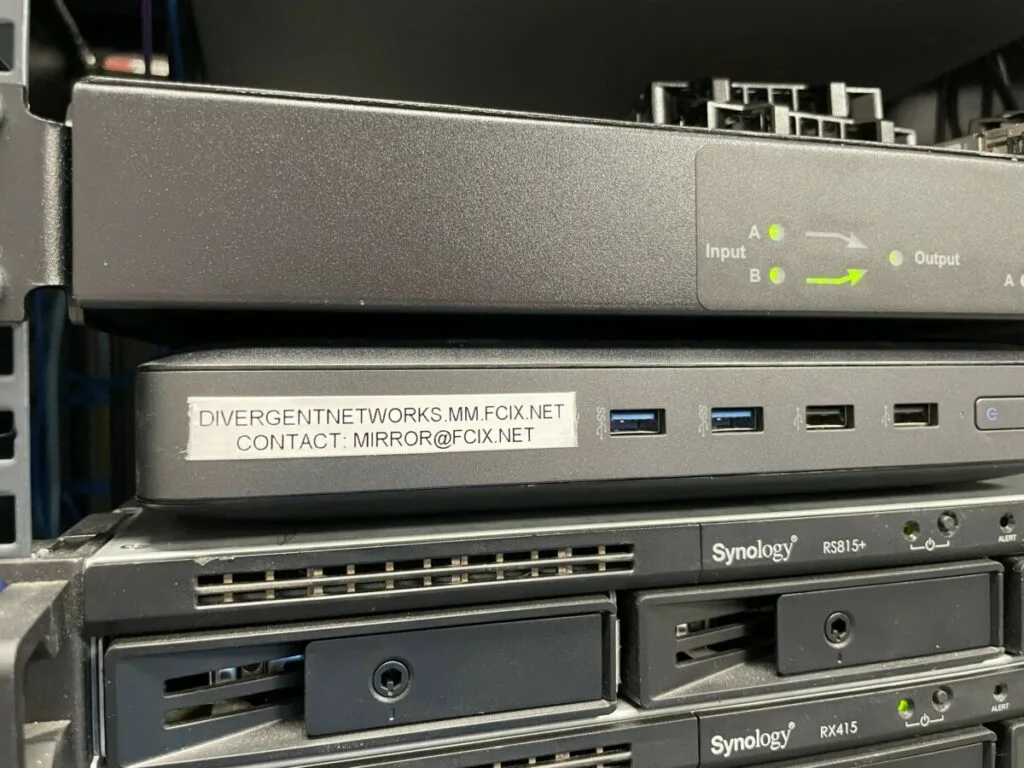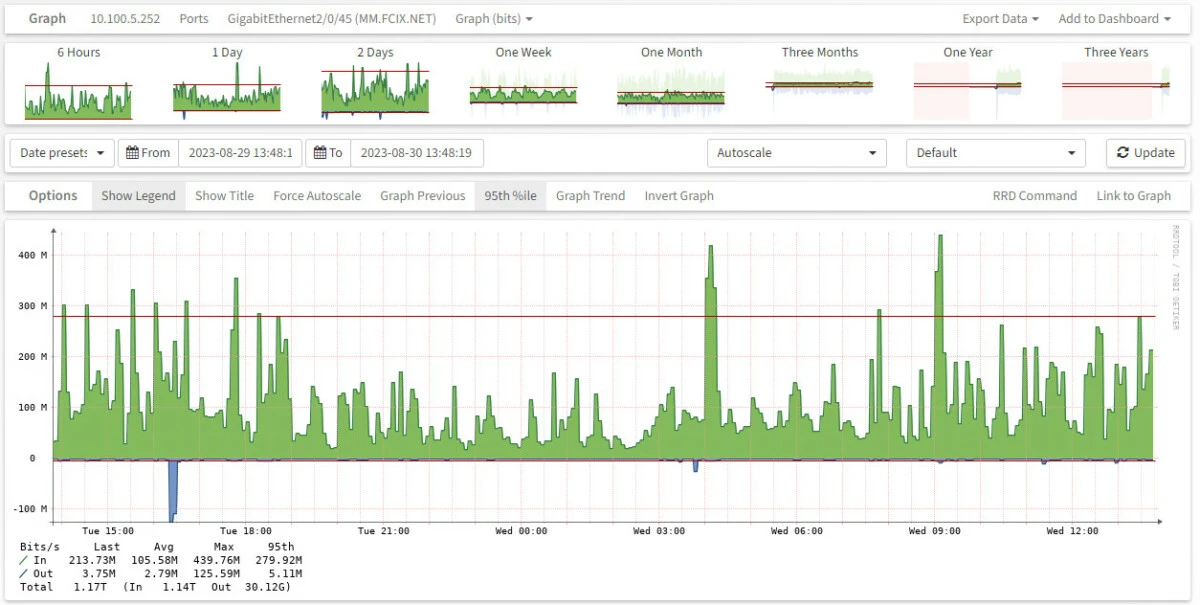
Small but Mighty... Micro Mirrors
Published onmicromirror hosting linux
Many years ago I remember stumbling across a blog post about a guy in the US called Kenneth who bloged about how he became is own ISP for fun. I always thought it was really cool but slightly unobtainable and it wasn’t until 4/5 years later that I too fell down this rabbit hole.
Little did I know that I would come across Kenneth again in a networking Discord channel where he was discussing one of his many projects, Micro Mirrors.
Small CDN servers to host the most popular free software content to maximize positive impact on the community. Tiny 1RU or sub-1RU web servers provided to networks as a free managed appliance to use their surplus network capacity to help improve the user experience on Linux distributions.
Each server would only be capable of hosting a small number of the relatively smaller projects (i.e. 3-6 of the 100GB-400GB projects). This would mesh well with micro mirrors only have a 1Gbps NIC, making it an easier proposition to deploy one of these nodes since 1G ports on routers tend to not be in short supply and the risk of a single server pumping out 1Gbps of traffic seems less daunting than a higher capacity network port.
I reached out to his team and offered to host a Micro Mirror here in the UK and sourced the hardware myself to match FCIX’s mirror specs.
This consisted of a HP T620 thin client with 8GB RAM / 2TB M.2 SATA SSD.
I provided the team with a IPV4 and IPV6 address for the mirror and shortly received a kickstart file which with a fresh copy of Alma Linux booted up, self-configured and was ready for the FCIX team to stage.
Within 24hours the mirror had been sync’d from FCIX’s master mirror node and we were ready!
https://divergentnetworks.mm.fcix.net/
Kenneth pushed the mirror out to the mirror lists and around 24-48hrs later traffic was flowing.
 Traffic over a 24hr Period
Traffic over a 24hr Period
Green is Egress (Traffic going out) and Blue is Ingress (Traffic in – Usually from the Master Mirror Node)
It’s been around 4 months now since the initial install and it’s hardly noticeable on the traffic levels. Typically it’s pushing around 1TB of traffic a day but because it’s very small bursts usually the CDR on the port is around 250-270M 95th percentile. Which when your bandwidth in the is billed on CDR it’s really not as big of a bandwidth hit as you’d first expect.
This again is down to the whole idea behind the project – Lots of little mirrors around the globe each handling a small selection of projects and serving a smaller footprint of users.
Although most of the stats are collected by the FCIX team who I’m sure have way more data about how mirrors are being consumed. You can guage a rough idea of where the mirror traffic is heading to via NetFlow.
Some interesting ASN’s I’ve seen pulling mirrors are AWS, Lockheed Martin, JANET, Global Layer.
I’ll be sure to post another update in the future with the total bandwidth the little T620 has achived, but for now if your ever in need of an ISO, you know where to find a reliable source 😉